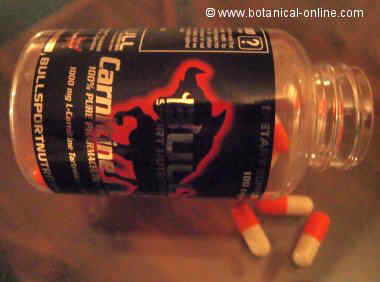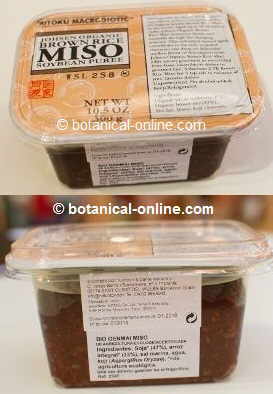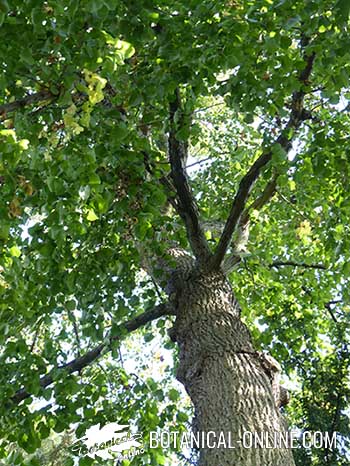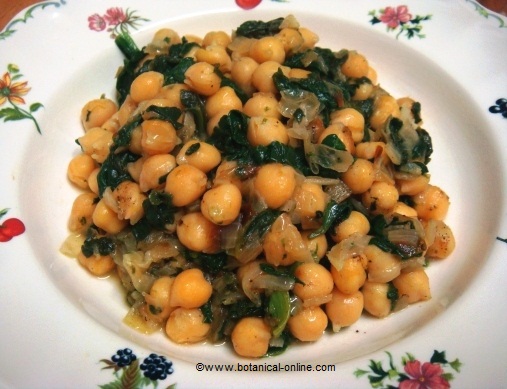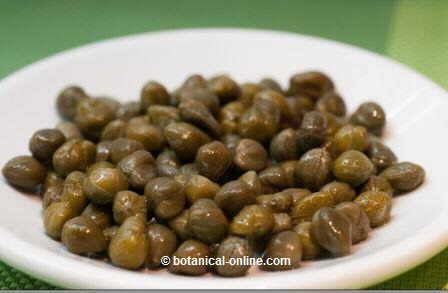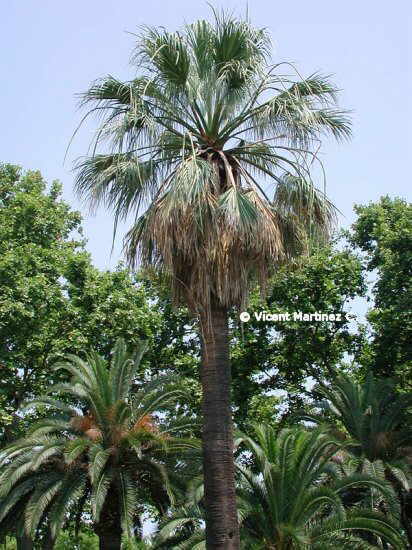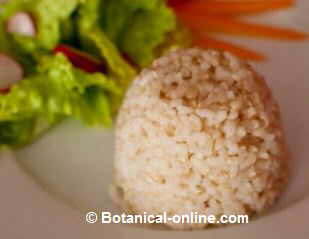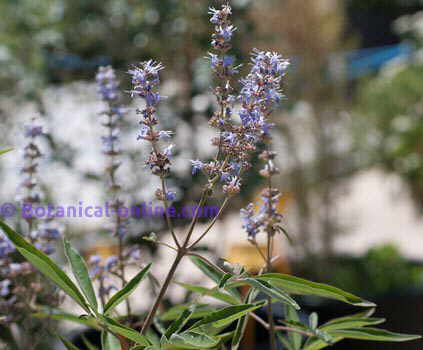Contents
Characteristics of agrimony (Agrimonia eupatoria)
What is an agrimony?
Common English Name: Agrimony, stickwort, church steeples.
* See: Agrimony in other languages
Scientific Name: Agrimonia eupatoria. The word “Agrimonia” derives from the Greek “Argemone” which means “white spot remedy for the eyes.” “Eupatoria” comes from a Greek king named Mithritriades Eupator, who was very fond of medicinal plants. Others think it comes from the word “Hepatorium” = remedy for the liver.
Family. Rosaceae
Habitat: humid temperate grasslands in Europe, Asia, North America (Canada and U.S.) and North Africa. Very frequently as a cultivated plant. Flowering occurs from spring to late summer (May-September)
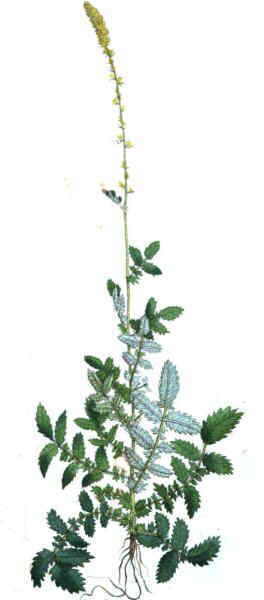
Description of agrimony
Perennial deciduous herb of the rose family – Rosaceae. Erect, up to 1 m high, arising from a rhizomatous root, large, thick, fibrous, dark brown and with astringent taste. Plant bright green, with a slight aromatic lemon scent.
Stem single or in pairs, cylindrical, hair covered, ending with a spike of flowers with five yellow petals and five rounded sepals. At the base of each flower a bract with three segments appears.
The flower spike of the liverwort recalls the shape of the steeple of a church, hence, in English, it is known as “church steeples”.
The flowers are rich in pollen and are visited by numerous insects, especially bees and flies.
Basal leaves numerous, pinnately compound, 5 to 7 leaflets with serrated margins. Caulinar leaves less abundant, smaller and less divided.
The leaves of agrimony are highly desired by the caterpillars of butterflies.
When the flowers mature, they produce dry fruits, which are included in a kind of cup with hooked edges that attach to the animal fur or people clothing. In this way, the plant can disperse its seeds far from the mother plant to grow in a different spot.
It is the ability these structures have to hook the reason why in English it is known as “Stickwort”
Components of agrimony
- Acids: ascorbic, caffeic, citric, chlorogenic, ellagic, stearic, ferulic, gentisic, malic, nicotinic, palmitic, ursolic (Plant) Silicic (Fruits)
- Tannins: catechic (Leaves)
- Flavonoids: Apigenin, quercetin, catechins, hyperoside, kaempferol, luteolin, rutin, vainillin (Plant) quercitrin (Leaves)
- Fat (Seeds)
- Vitamins: Vitamin C, vitamin B1 (thiamin), vitamin K (Leaves)
- Phytosterols: Beta-sitosterol
![]() More information on agrimony.
More information on agrimony.

